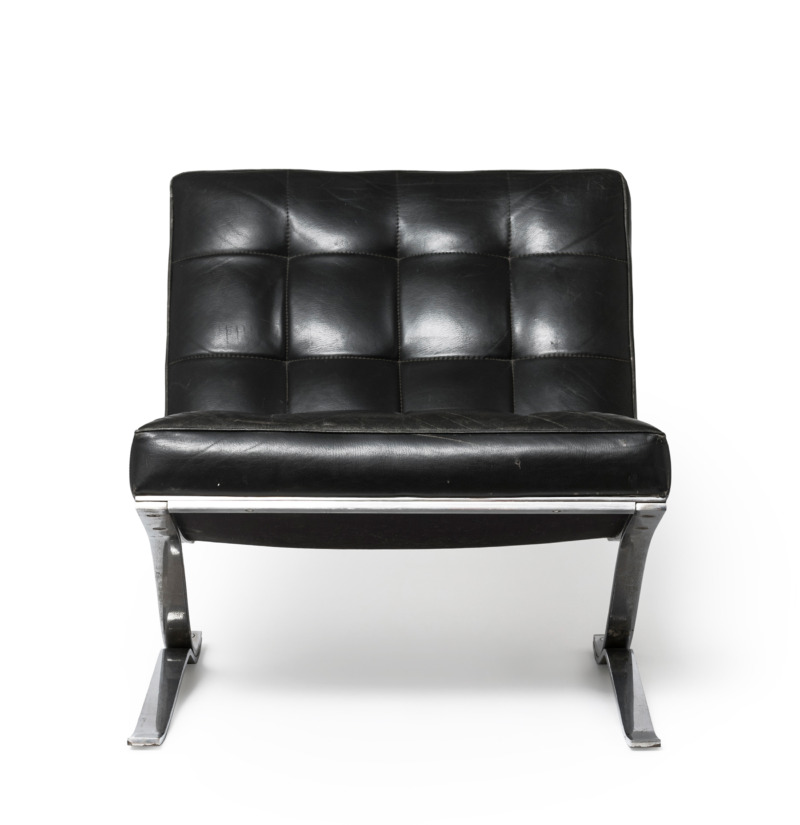Painted base plate, chromed stand, cylindrical motor and rotor. Clear, geometric, reduced. Form follows function. Classic Braun or classic brAun.
The small electric household appliance with the beautiful name “Multiwind” was designed by Reinhold Weiss in 1961. The industrial design graduate of the Ulm School of Design worked as a product designer at Braun from 1959-67 and created a series of precisely crafted appliances during this time. The form-fitting nature of his work is exemplified by the switch inserted into the motor housing of the fan. Together with elements such as the rotatable and transparent Plexiglas cover of the blades, the design testifies to a “haptic appeal and is not devoid of a certain play value” – as the German Design Council judged the table fan on the occasion of the award of the German Federal Prize “Good Form”.
The transverse tangential gearbox with 220-volt motor is based on the Laing-Eck principle (named after the developers Nikolaus Johannes Laing and Bruno Eck), has a high degree of efficiency and enables almost silent operation. It was this feature in particular that helped the table fan achieve a certain political notoriety: as a silent air cooler on John F. Kennedy’s lectern during his speech in Frankfurt’s Paulskirche in 1963. The HL1 also owes a place in popular cultural memory (at least among Braun and science fiction aficionados) to its unconditionally modern appearance as part of Rick Deckard’s apartment furnishings in the 1982 film Blade Runner.
The “Multiwind” has become a classic of early Braun design and is not only available in MoMA’s collection, but can still be seen until the end of November in our small special exhibition “The Braun Idea. On the Corporate Identity of the Braun Company 1954 to 1972” and then back in the permanent exhibition.

